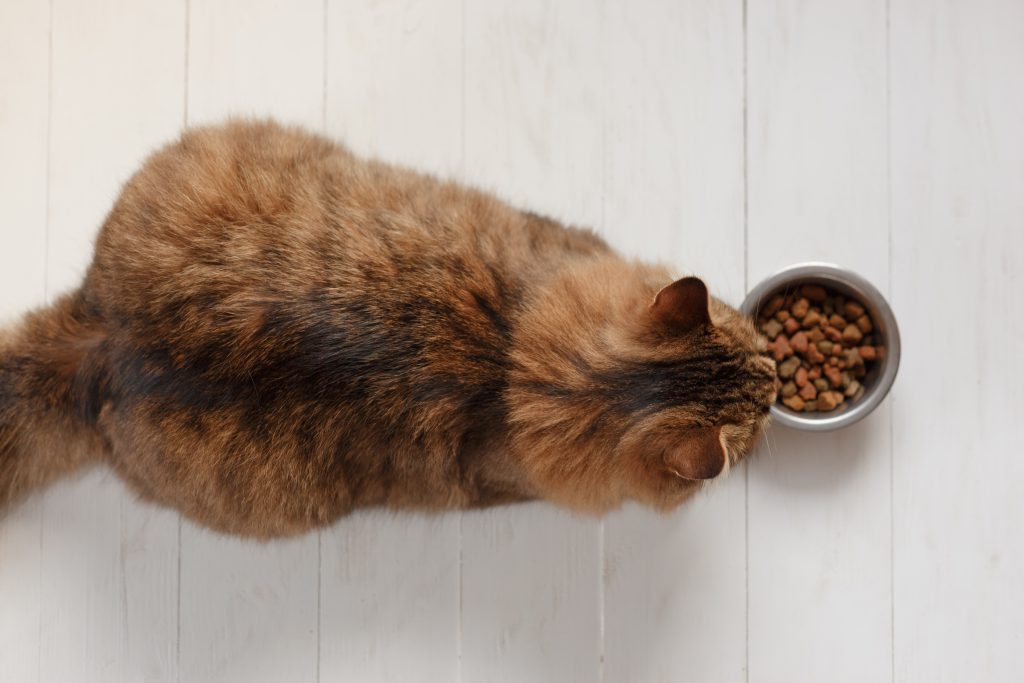Get ahead of your risk for recall by working with trusted suppliers who exhibit these three signs of trust.
There are hundreds of potential sourcing partners all over the globe. Duck from France, lamb from Australia, green-lipped clams from New Zealand. Today’s pet parents are asking us to reach to the ends of the earth for ingredients. But after bringing ingredients home and preparing a unique formulation, what can we do to help ensure the final product is safe for our four-legged customers?
Recall preparation begins long before a recall could even occur, before you even have a product. It begins with vetting your suppliers.
When considering partners throughout your pet food manufacturing process, we recommend looking for these three traits to ensure their food safety standards are up to snuff.
1. SQF Certification
It sounds like a subjective term, but through SQF certification, standards for “safe quality food” in the pet food industry are being better defined and enforced. These standards have been further bolstered through the recent implementation of the Food Safety Modernization Act (FSMA), which establishes an industry minimum for food safety. Why is the SQF certification so important? First, it reduces variation in product quality by encouraging manufacturers to build controls into their processes and to prioritize compliance and continuous improvement in their operations. Second, it serves as an indicator to pet food brands, regulators and consumers about how much suppliers and manufacturers have invested into food safety.
The Edition 8 SQF Code, which went into effect in 2018, outlines three levels of SQF certification:
- Food Safety Fundamentals: This certification is an “entry level” certification for new businesses.
- Food Safety Code: This certification focuses primarily on meeting industry standard Food Safety requirements.
- Quality Code: This certification centers on the Food Safety and Food Quality Plan, but takes a harder look at maintaining quality products by focusing on Statistical Process Control to monitor, identify and reduce process variation.
Be sure to ask your supplier which level they have achieved and what their plans are for future certification.
2. Audit Results
During the supplier vetting process, one of your first steps should be to request documentation related to previous audits, including details of nonconformance along with any other documentation to show that the supplier has been following the rules of their regulatory or authoritative body (which will vary from country to country).
In addition to audits performed by regulatory or certification bodies, we recommend only working with suppliers whose facility has been audited either by you or a trusted third-party auditor. If selected, the supplier should undergo regular audits at least every 2-3 years to ensure standards continue to be met. Furthermore, an analysis should be conducted to ensure the ingredient you are using contains everything it should contain with no adulterant present. To accomplish this, start with a sample, specification sheet and certificate of analysis for each lot. We recommend obtaining a full moisture-protein-fat-ash breakdown for meat products and/or running an assay for vegetables and grains to view vitamin/mineral makeup.
Auditing both the facility and the product provides some assurance that you have done your due diligence.
3. Robust Food Safety Program
Reputable pet food suppliers and manufacturers should have a formal Food Safety Program. The food safety program should include several components.
- The supply chain should be managed through several controls to ensure the integrity of the final product, including specs for all ingredients and ongoing supplier verification activities, as previously discussed.
- From there, the sanitary transportation of the ingredients and finished products should be dictated by established practices that are monitored and verified.
- Effective prerequisite programs such as cGMPs (Current Good Manufacturing Practices) and SOPs (Standard Operating Procedures) should be in place to comply with FSMA’s Final Rule for Preventive Controls for Animal Food.
- The manufacturing facility should maintain a HACCP (Hazard Analysis and Critical Control Points)/food safety plan that identifies potential and significant biological, chemical and physical hazards at each step in the process and puts appropriate control measures in place.
- Both internal and third-party audits should be performed at the facility, with reports available upon request.
- In addition to checking these boxes, talk to your supplier about the culture at the company. Does the organization have employee training and policies related to food safety? Is quality a prevalent part of the company’s operating philosophy?
When vetting your supplier, it is not enough to rely on reputation or referral alone. Ask the tough questions now, before there is even the potential for a recall — so regulatory authorities won’t have to later.
